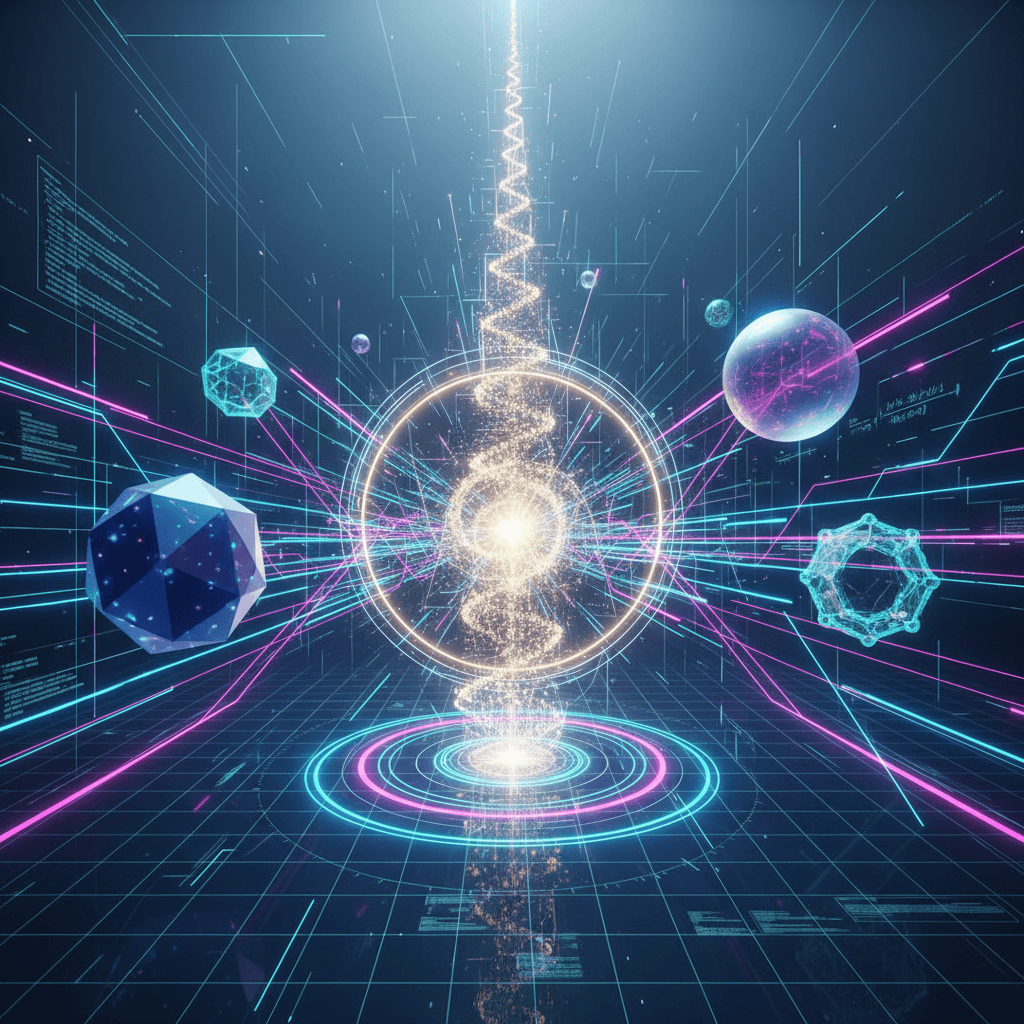Northeastern Researchers Quantify True AI Synergy, Building Smarter Collaborative Systems
This information-theoretic breakthrough precisely measures when AI agents genuinely collaborate, transforming multi-agent systems into true, synergistic teams.
October 11, 2025

A new framework leveraging information theory, developed by researchers at Northeastern University, offers a novel method for determining when artificially intelligent agents genuinely collaborate, moving beyond simple parallel task execution to achieve true synergy. This development addresses a critical and persistent challenge in the field of multi-agent AI systems: understanding whether a group of agents is performing better than the sum of its parts because they are truly working together or simply because of the sheer force of numbers. The ability to precisely measure emergent teamwork is a crucial step for creating more sophisticated, reliable, and efficient AI systems capable of tackling complex, real-world problems from software development to scientific discovery.
The core difficulty in assessing AI teamwork has been the ambiguity of observing collective behavior. When a multi-agent system successfully completes a task, it's often unclear whether the agents coordinated their actions in a meaningful way or if they acted independently, with their parallel efforts leading to a positive outcome. This distinction is vital; true collaboration implies an efficiency and adaptability that independent action lacks. Systems that can genuinely synergize can potentially solve problems that are intractable for individual agents, but without a clear metric for this synergy, development has often relied on indirect measures of success, like task completion rates, which fail to capture the underlying dynamics of the group. This ambiguity has hampered progress in designing AI systems that can be trusted in high-stakes, dynamic environments where coordinated action is paramount.
The Northeastern University framework, spearheaded by researcher Christoph Riedl, provides a rigorous, mathematical lens through which to view and quantify this elusive collaborative essence.[1] It is built upon core concepts from information theory, a field of study concerned with measuring and analyzing information. Specifically, the framework employs two key tools: Partial Information Decomposition (PID) and Time-Delayed Mutual Information (TDMI).[1] TDMI is used to assess how well an agent's current state can predict the future state of the entire system, providing a baseline understanding of influence. PID then dissects this information into distinct components: redundant information, which is knowledge held by multiple agents simultaneously; unique information, which is knowledge exclusive to a single agent; and, most critically, synergistic information.[1] Synergy, in this context, is defined as new information that is only generated through the interaction of the agents—knowledge that does not exist within any single agent and cannot be derived from simply summing their individual knowledge bases.[1]
By measuring the level of synergistic information present in a system's dynamics, the framework offers a direct, quantitative indicator of true teamwork. It allows researchers and developers to move beyond guesswork and observe precisely when and how collaboration emerges. The framework can classify the nature of the agents' interactions, determining if they are acting in a complementary fashion, redundantly, or even in opposition to one another.[1] For instance, in an experiment where AI agents had to guess numbers to reach a target sum without direct communication, the framework could identify the conditions, such as group size, that led to better synergistic outcomes.[1] This ability to quantify the specific nature of agent interaction provides an invaluable diagnostic tool, enabling the fine-tuning of AI systems to foster more effective and robust collaboration.
The implications of this information-theoretic approach are significant for the broader AI industry. As developers increasingly deploy teams of autonomous agents for complex tasks like managing logistics networks, orchestrating financial trades, or collaborating on scientific research, the need for verifiable teamwork becomes essential. This framework provides a standardized method to evaluate and benchmark the collaborative capabilities of different multi-agent systems, fostering a more rigorous and directed approach to development. It can guide the design of training regimens and reward functions in multi-agent reinforcement learning, explicitly encouraging the emergence of synergy rather than just individual success. Furthermore, by providing a deeper understanding of how artificial agents can learn to cooperate, this research opens the door to creating more effective human-AI teams, where intelligent systems can act as genuine partners, sharing and generating new insights in a provably synergistic fashion.
In conclusion, the development of this information-theory framework marks a pivotal moment in the evolution of multi-agent AI. By providing a clear, quantifiable definition of synergy, it transforms the abstract concept of teamwork into a measurable and engineerable property. This allows for a more deliberate and sophisticated approach to building collaborative AI, moving the field from simply creating groups of high-performing individuals to architecting genuinely intelligent collectives. As AI systems become increasingly integrated into complex, real-world scenarios, the ability to ensure and verify true collaboration will be fundamental to their success, safety, and ultimate utility, and this new method provides a crucial map for navigating that future.